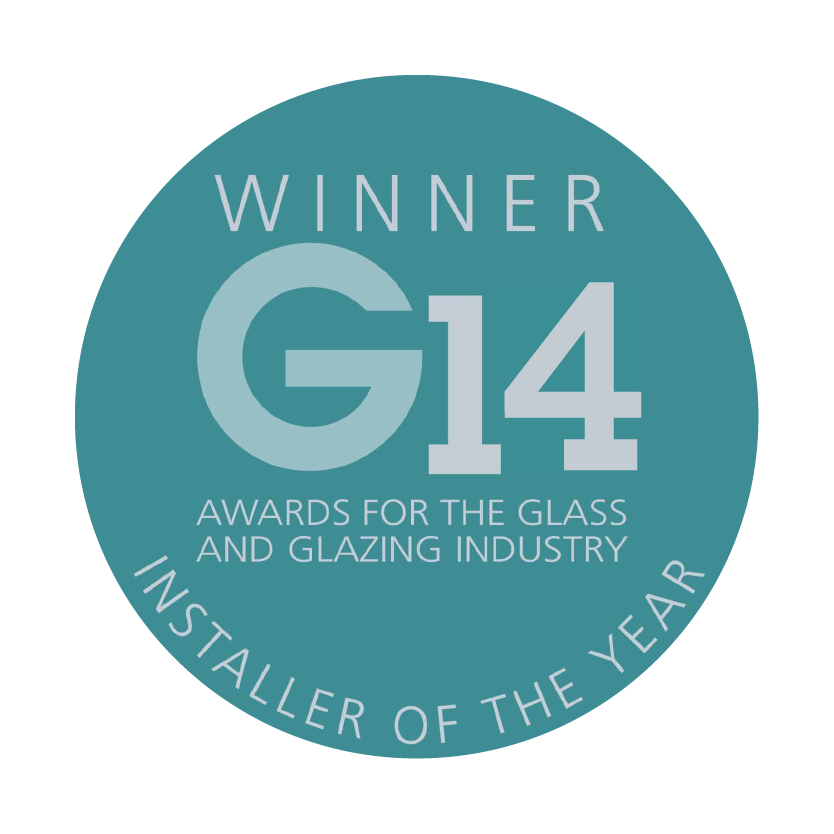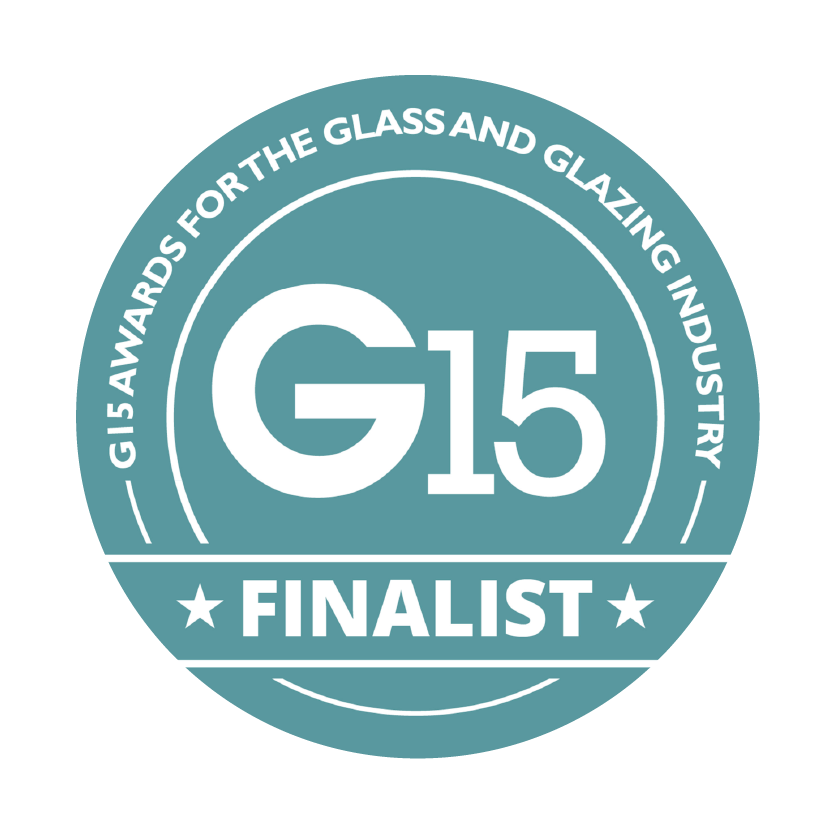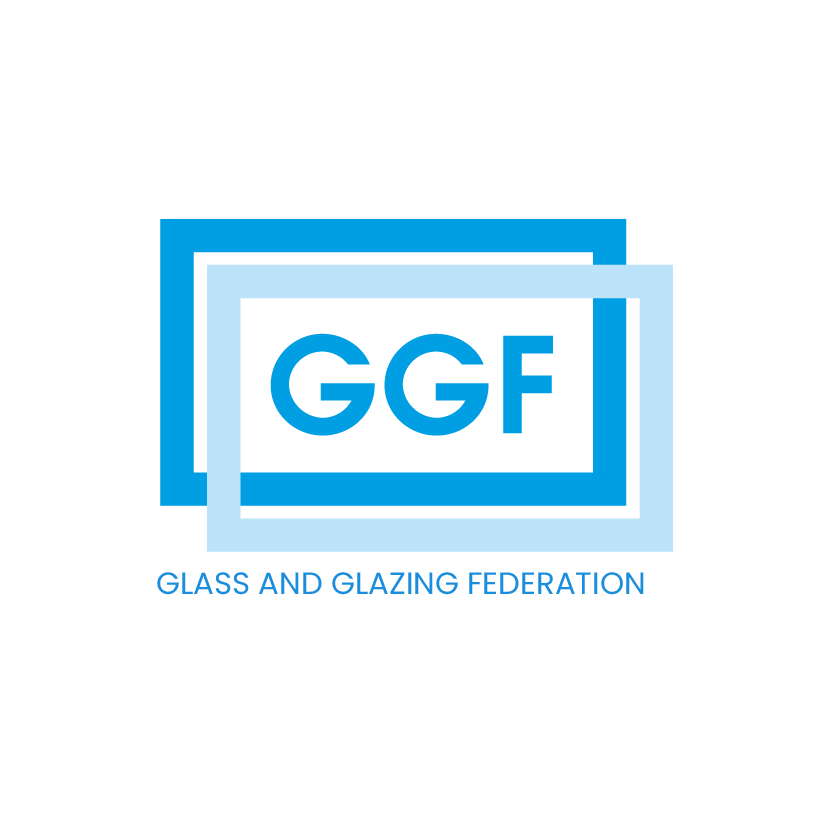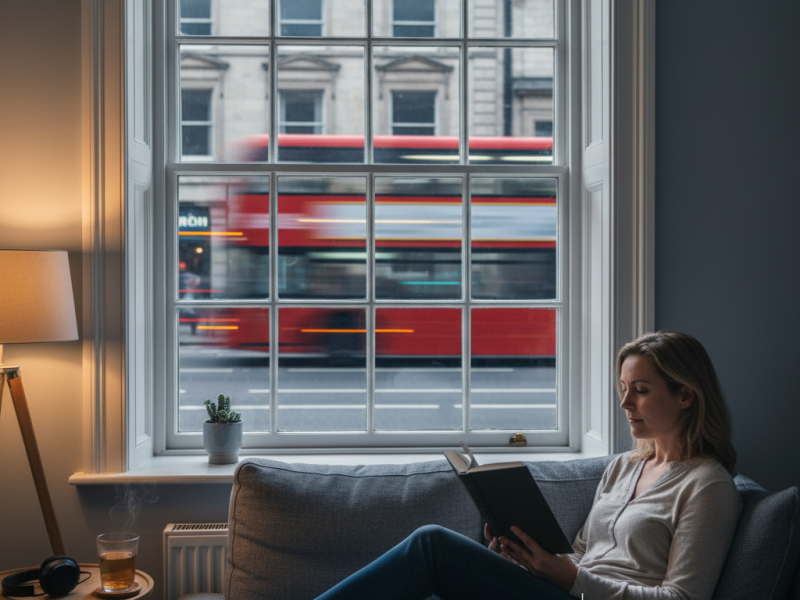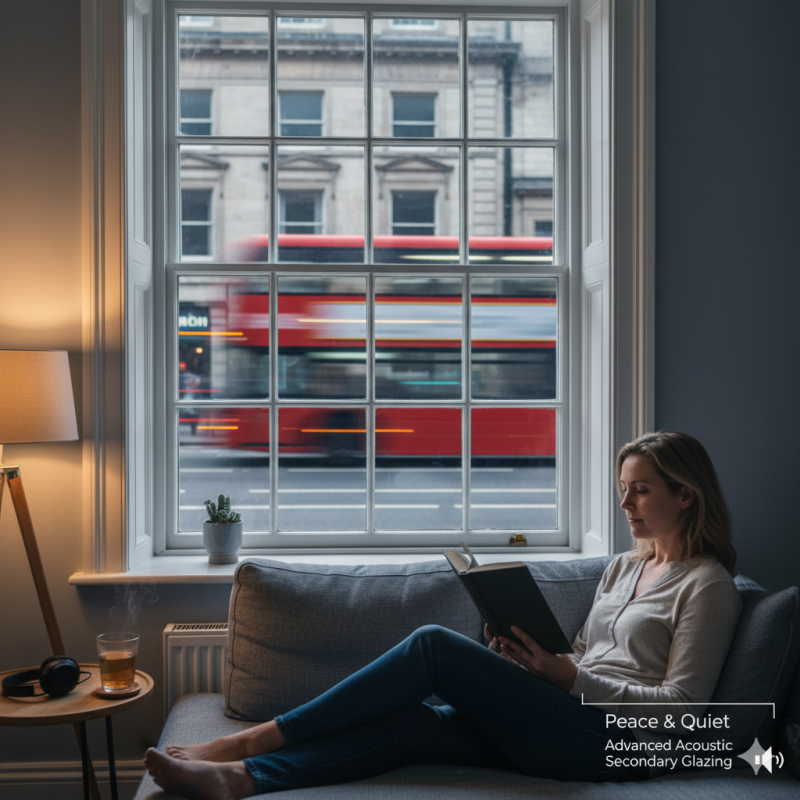
Timber - PVC - Aluminium - Windows, Doors & Conservatories in Dorset
What Is Secondary Glazing? Complete UK Overview
What Is Secondary Glazing? Complete UK Overview
More than 40 percent of a home’s heat loss can escape through windows, making energy bills climb fast and comfort levels drop. Many homeowners believe updating windows means expensive, disruptive work or sacrificing the character of their property. In reality, secondary glazing offers a simple and effective solution that protects both your budget and your home’s original style. This guide clears up common myths and reveals how secondary glazing can transform your living space, cut noise, and save you money.
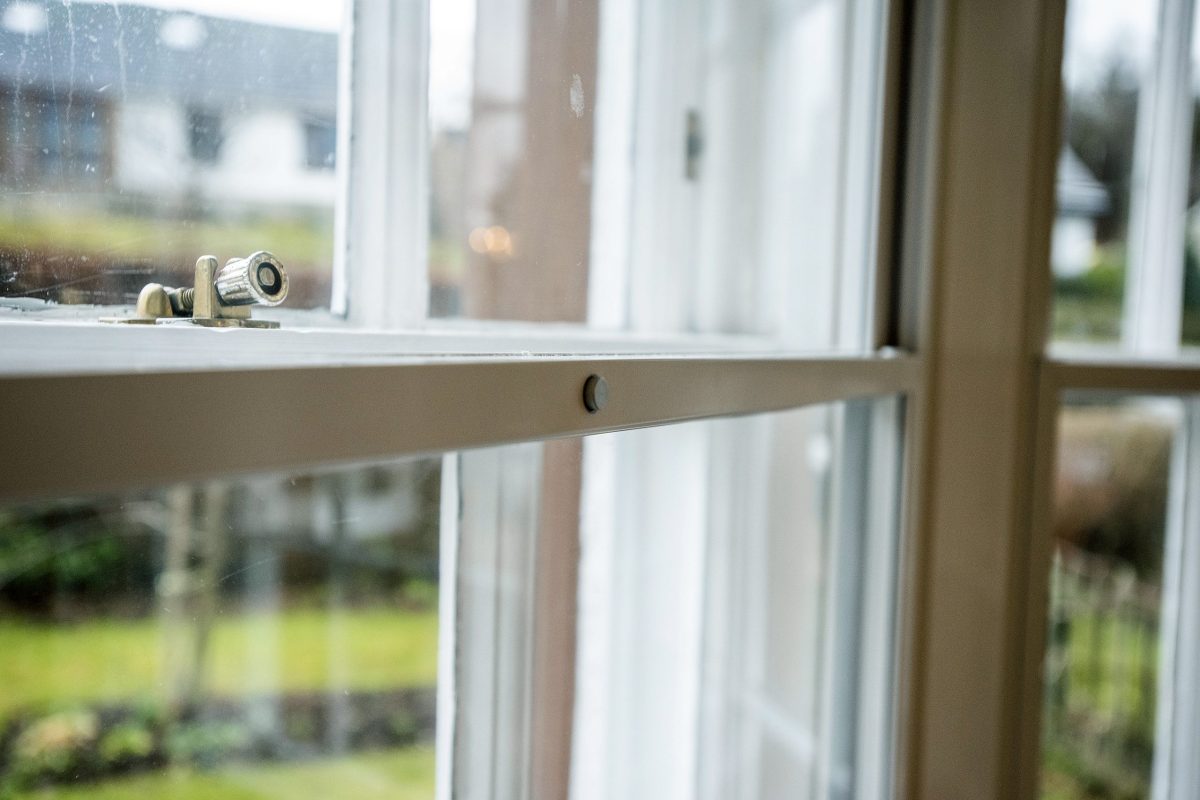
Table of Contents
- Defining Secondary Glazing And Common Misconceptions
- Types Of Secondary Glazing Solutions Available
- How Secondary Glazing Works And Main Benefits
- Installation Process And Suitability For Homes
- Cost Considerations And Potential Savings
- Comparing Secondary And Double Glazing Options
Key Takeaways
| Point | Details |
|---|---|
| Secondary Glazing Benefits | Improves thermal efficiency and significantly reduces noise without altering the building’s exterior appearance. |
| Cost-Effectiveness | Offers a more economical alternative to full window replacement with potential savings on heating bills. |
| Installation Simplicity | The installation process is straightforward, adaptable to various home types, and minimally invasive. |
| Reversible Solution | Secondary glazing preserves the original windows, making it suitable for historic properties without requiring consent for modifications. |
Defining Secondary Glazing And Common Misconceptions
Secondary glazing is an innovative home improvement technique that involves installing an additional window pane inside your existing windows. According to ggf.org.uk, this method improves thermal insulation and noise reduction without altering your building’s external appearance.
Contrary to popular belief, secondary glazing is not a complicated or invasive process. As Historic England explains, it involves placing a second window within the reveal of the original window, effectively improving thermal performance while remaining completely reversible. This means homeowners can enhance their property’s energy efficiency without permanently modifying the original windows.
Some common misconceptions about secondary glazing include:
- It destroys the original window aesthetics (False: It’s internally installed)
- It’s prohibitively expensive (False: Often more cost-effective than full window replacement)
- It only works in older properties (False: Suitable for various property types)
- Installation is complex and time-consuming (False: Professional installers can complete the job quickly)
The primary benefits of secondary glazing extend beyond simple thermal improvement. By creating an additional barrier, these systems can significantly reduce external noise, improve home comfort, and potentially increase your property’s energy efficiency rating. Detailed secondary glazing performance insights can be found in our guide on thermal acoustic improvements.
Types Of Secondary Glazing Solutions Available
Secondary glazing offers homeowners multiple solution types tailored to different window configurations and aesthetic preferences. The primary secondary glazing solutions include magnetic, hinged, fixed, lift-out, and sliding units, each designed to address specific household needs.
The different secondary glazing options come with unique advantages. Magnetic systems provide easy installation and removal, making them ideal for properties requiring frequent window access. This type ia normally a DIY option with say perspex. Hinged units offer convenient cleaning and ventilation, while fixed panels work best in areas where minimal movement is needed. For those seeking maximum flexibility, lift-out and sliding units allow comprehensive window interaction and accessibility.
| Unit Type | Operation & Access | Best Use Case | Key Advantage |
| 1. Fixed | None (Sealed Shut). Offers no access to the primary window or windowsill. | Ideal for maximum noise reduction or in areas where the primary window is non-operational (or never opened). | Highest thermal and acoustic sealing available. |
| 2. Lift-Out | Occasional Manual Access. The entire unit is lifted out of its frame (e.g., for seasonal cleaning). | Used for low-budget installations or windows that need access very rarely. | Most cost-effective unit type. |
| 3. Hinged | Full Access (Like a door). The unit swings open completely (usually inwards) on hinges. | Fire Escape (Egress) requirements or windows that need frequent cleaning (e.g., kitchen windows). | Provides 100% clear opening for cleaning and escape. |
| 4. Horizontal Sliding | Partial Access. Panes slide past each other on a bottom track to allow ventilation or partial access. | Wide openings, such as casement windows or large picture windows, where vertical operation is impractical. | Easy and flexible control over ventilation. |
| 5. Tilt-Back Vertical Slider | Vertical Movement & Tilt. Operates like a traditional sash window, with an added feature to tilt the inner pane inwards. | Perfect replication for traditional box sash windows; necessary for upper floors. | Combines sash authenticity with easy cleaning access from indoors. |
When selecting a secondary glazing solution, homeowners should consider several critical factors:
- Window size and shape
- Room temperature requirements
- Noise reduction needs
- Budget constraints
- Aesthetic preferences
- Ease of maintenance
To help you navigate these choices, our guide on understanding secondary glazing provides comprehensive insights into matching the right solution with your specific home requirements. Professional consultation can further assist in determining the most suitable secondary glazing approach for your property’s unique characteristics.
How Secondary Glazing Works And Main Benefits
Secondary glazing operates on a simple yet ingenious principle of creating an additional insulation layer within existing window frames. According to Historic England, this technique works by adding an internal window that creates an insulating air gap, which significantly reduces heat loss and minimizes external noise transmission.
The mechanism of secondary glazing involves installing a supplementary window pane inside the existing window reveal, generating a pocket of air between the original and new window. As GGF explains, this approach allows homeowners to achieve substantial reductions in heat loss and noise intrusion while maintaining the building’s original external aesthetic.
The main benefits of secondary glazing include:
- Improved thermal efficiency
- Significant noise reduction
- Preservation of original windows
- Enhanced indoor comfort
- Cost-effective alternative to full window replacement
- Quick and minimally invasive installation
For homeowners interested in understanding more about sound reduction techniques, our guide on soundproofing windows provides additional insights into how secondary glazing can transform your home’s acoustic environment. By creating an additional barrier against external disturbances, secondary glazing offers a practical solution for improving living spaces without extensive structural modifications.
Installation Process And Suitability For Homes
The secondary glazing installation process is surprisingly straightforward and adaptable to various home configurations. According to Historic England, this method is particularly advantageous for historic buildings, as it provides a reversible solution that does not typically require listed building consent while enhancing energy efficiency.
Professional installation involves precise measurements and custom-fitting of secondary glazing panels to existing window frames. These units can be easily and quickly fitted with minimal retrofitting work, making them suitable for diverse home types, including properties located in conservation areas.
Key considerations for secondary glazing installation include:
- Window frame condition and measurements
- Existing window material (wood, metal, uPVC)
- Room-specific acoustic and thermal requirements
- Budget constraints
- Aesthetic preferences
- Potential need for professional assessment
For homeowners seeking comprehensive guidance, our guide on understanding secondary glazing offers detailed insights into selecting the most appropriate solution for your specific home environment. Professional consultation can help ensure a seamless and effective installation tailored to your unique property characteristics.
Cost Considerations And Potential Savings
Secondary glazing presents a cost-effective alternative to full window replacement, offering homeowners an economical approach to improving home energy efficiency. These systems are generally more affordable than complete window replacements, potential buyers should carefully consider long-term factors like transparency maintenance and storage requirements for removable systems.
The financial benefits extend beyond initial installation costs. Secondary glazing can significantly improve a building’s energy efficiency, potentially leading to substantial cost savings on heating bills. Homeowners can expect reduced energy consumption and lower utility expenses, making it an attractive long-term investment.
Key financial considerations include:
- Initial installation costs
- Potential energy bill reductions
- Maintenance expenses
- Comparative costs with full window replacement
- Return on investment timeframe
- Impact on property value
Our comprehensive guide on choosing the right windows provides additional insights into making informed decisions about home improvement investments. Professional consultation can help you calculate precise cost savings and determine the most financially prudent approach for your specific property.
Comparing Secondary And Double Glazing Options
Secondary glazing and double glazing represent two distinct approaches to improving window thermal performance, each with unique characteristics and benefits. According to Historic England, while slim-profile double glazing might work for some window types, secondary glazing offers a reversible solution that meticulously preserves the original window’s historic fabric.
Home Building highlights critical differences between these options. Secondary glazing provides improved thermal performance and noise reduction without altering the building’s exterior, whereas double glazing involves complete window replacement – a method that may not suit all property types, especially those with heritage considerations.
Key comparison points include:
- Installation complexity
- Cost considerations
- Preservation of original windows
- Thermal efficiency
- Noise reduction capabilities
- Suitability for different property types
- Reversibility of the solution
For homeowners seeking deeper insights into glazing options, our guide on double and triple glazing benefits provides comprehensive information to help you make an informed decision tailored to your specific home requirements. Professional consultation remains crucial in determining the most appropriate window improvement strategy.
Enhance Your Home Comfort with Expert Secondary Glazing Solutions
If you are looking to reduce heat loss and limit external noise while preserving the charm of your original windows, secondary glazing is a practical and cost-effective option to consider. This article highlights challenges such as maintaining your home’s aesthetics and achieving better thermal efficiency without the disruption of full window replacement. At KJM, we understand these concerns and specialise in tailor-made secondary glazing systems designed to suit your specific needs, whether it be hinged, sliding or fixed units that fit perfectly.
Discover how our experienced team can guide you through choosing the ideal secondary glazing solution to improve your home’s energy efficiency and comfort. Act now to benefit from our no pressure approach and outstanding customer service serving Hampshire, Andover, and the surrounding areas. Visit KJM Group to explore our range of windows and doors and take the next step towards a warmer, quieter home. Find detailed information and personalised advice in our understanding secondary glazing guide and see how choosing the right windows can transform your living space.
Frequently Asked Questions
Secondary glazing is an additional window pane installed inside existing windows, creating an insulating air gap that reduces heat loss and minimizes external noise. This method enhances thermal performance while preserving the building’s original aesthetics.
The primary benefits of secondary glazing include improved thermal efficiency, significant noise reduction, preservation of original windows, enhanced indoor comfort, and a cost-effective alternative to full window replacement.
Secondary glazing provides a reversible solution that retains the original windows’ historic fabric, while double glazing involves full window replacement. Secondary glazing is often less invasive and suitable for various property types, making it ideal for homeowners concerned about aesthetics and heritage.
While some homeowners may choose to install secondary glazing themselves, professional installation is recommended. It ensures precise measurements, custom fitting, and compliance with local regulations, resulting in optimal performance and aesthetics.
Recommended
- Secondary Glazing: Maximize Soundproofing & Thermal Efficiency
- Understanding Secondary Glazing | KJM Group
- Soundproof Windows Andover | Noise Pollution Hampshire
- Benefits of double and triple glazing
- KJM tops Which? Google and Checkatrade with near‑perfect scores - 31 October 2025
- High-Security Windows & Doors Hampshire: PAS 24, SBD, and the £10K Guarantee - 31 October 2025
- Why you should choose KJM in a crowded market-place? - 23 October 2025




